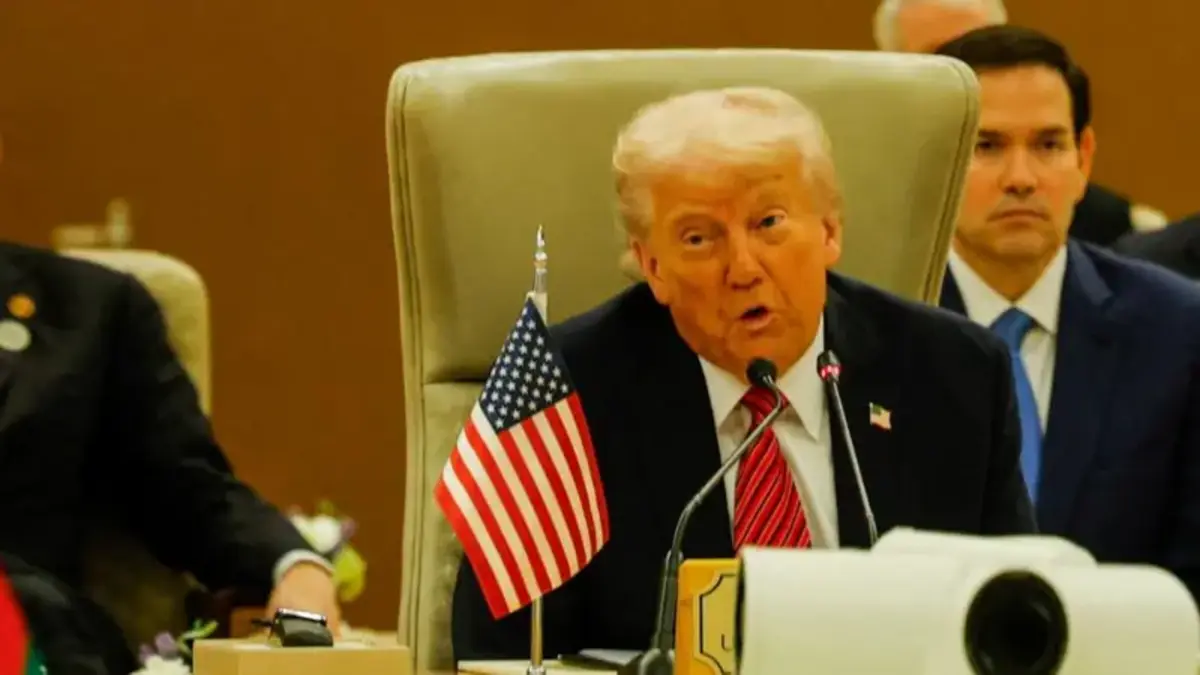Why is the Indian stock market falling? Top factors behind 900-point Sensex crash, Nifty below 24,900 - The Economic Times
Below are the key factors weighing on sentiment:
Investors turned risk-averse following a string of developments pointing to a deteriorating security situation in the Middle East.
U.S. President Donald Trump said on Wednesday US personnel were being moved out of the Middle East because "it could be a dangerous place," adding that the United States would not allow Iran to have a nuclear weapon.

Reuters reported that the U.S. is preparing a partial evacuation of its embassy in Iraq and will allow military dependents to leave locations across the region due to rising threats, citing both American and Iraqi officials.The timing is particularly sensitive as, according to U.S. intelligence, Israel is reportedly preparing for a potential strike on Iran’s nuclear facilities. At the same time, Iranian Defence Minister Aziz Nasirzadeh warned that “if Iran was subjected to strikes it would retaliate by hitting U.S. bases in the region.”Regional markets mirrored the tension. Saudi Arabia’s benchmark index fell 1.3%, dragged down by heavyweights like Al Rajhi Bank, which slipped 0.6%, and Saudi Aramco, which was down 0.4%. Dubai’s main share index recorded its steepest intraday fall since April, losing 1.7%, with Emaar Properties tumbling 3%.
Adding another layer of unease to already jittery markets, U.S. President Donald Trump said the United States would send out letters within one to two weeks outlining the terms of new trade deals to dozens of countries, which they could either “embrace or reject.”
Despite a tentative framework agreement between the U.S. and China earlier this week, the lack of detail and Trump’s tariff warning contributed to a risk-off mood in global markets.
"Also President Trump has declared that he will be sending letters to trade partners in the next two weeks setting universal tariffs. Market participants will be waiting and watching for clarity on this. The tariff crisis is not yet over," said Dr. VK Vijayakumar, Chief Investment Strategist at Geojit Investments.
World equities declined on Thursday, adding to the pressure on Indian markets, as investors digested a mix of soft U.S. inflation data, lingering tariff concerns, and fragile geopolitical dynamics.European equities looked set for a weak open, with futures on Germany’s DAX and London’s FTSE 100 down 0.8% and 0.4%, respectively. Futures on the S&P 500 also indicated a flat to lower start on Wall Street.
In Asia, MSCI’s broadest index of Asia-Pacific shares outside Japan slipped 0.2% after hitting a three-year high the previous day. Japan’s Nikkei fell 0.5%, while Chinese and Hong Kong stocks also retreated after recent gains.
Consolidation in domestic markets is evolving into a broad-based trend, now extending to large-cap stocks, said Vinod Nair, Head of Research, Geojit Investments talking about the domestic market, adding that "valuation concerns and rising oil prices—driven by Middle East tensions—are fuelling risk aversion among investors. IT, metals, and auto sectors have mostly underperformed."
Oil prices eased on Thursday after an earlier spike, as markets assessed rising geopolitical risks ahead of U.S.-Iran talks. Brent crude slipped 0.7% to $69.28 a barrel after jumping over 4% on Wednesday to a two-month high.
"The spike in Brent crude to $70 on heightened security risks in the Middle East is a negative for India. Sectors like paints, adhesives, tyres, and aviation are likely to respond negatively to this, while ONGC and Oil India can respond positively," said Dr. VK Vijayakumar, Chief Investment Strategist at Geojit Investments.
Upstream producers ONGC and Oil India rose up to 5%, buoyed by improved realisations from higher crude prices. However, downstream oil marketing companies (OMCs) such as Indian Oil, BPCL, and HPCL fell 2–4.5% on margin concerns. Tyre and aviation stocks also slipped on input cost worries, with MRF, CEAT, and IndiGo among the notable losers.
Thursday’s sell-off was also amplified by the weekly expiry of Nifty 50 futures and options contracts, a known trigger for sharp intraday moves. Both benchmark indices opened on a flat note but turned sharply lower as expiry-related volatility took hold.
Technically, the structure remains unchanged, with prices forming a third straight narrow-range, small-body candle on the daily chart, said Rajesh Bhosale, Equity Technical Analyst at Angel One.
"The recent trading range of 25,050–25,250 broadly marks a key zone of 25000–25300, where the lower end aligns with the bullish gap support and the upper end coincides with the crucial 78.6% retracement, making this zone pivotal for the weekly expiry. Hence, we continue to advise against chasing momentum and suggest entering on dips while booking profits at higher levels," said Bhosale.
Read More News on
(What's moving Sensex and Nifty Track latest market news, stock tips, Budget 2025, Share Market on Budget 2025 and expert advice, on ETMarkets. Also, ETMarkets.com is now on Telegram. For fastest news alerts on financial markets, investment strategies and stocks alerts, subscribe to our Telegram feeds .)
Subscribe to ET Prime and read the Economic Times ePaper Online.and Sensex Today.
Top Trending Stocks: SBI Share Price, Axis Bank Share Price, HDFC Bank Share Price, Infosys Share Price, Wipro Share Price, NTPC Share Price
Read More News on
(What's moving Sensex and Nifty Track latest market news, stock tips, Budget 2025, Share Market on Budget 2025 and expert advice, on ETMarkets. Also, ETMarkets.com is now on Telegram. For fastest news alerts on financial markets, investment strategies and stocks alerts, subscribe to our Telegram feeds .)
Subscribe to ET Prime and read the Economic Times ePaper Online.and Sensex Today.
Top Trending Stocks: SBI Share Price, Axis Bank Share Price, HDFC Bank Share Price, Infosys Share Price, Wipro Share Price, NTPC Share Price
Stories you might be interested in











